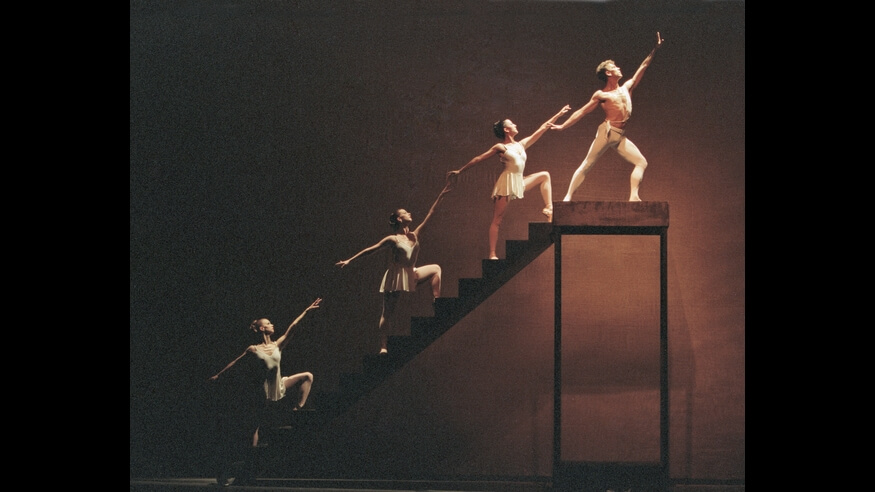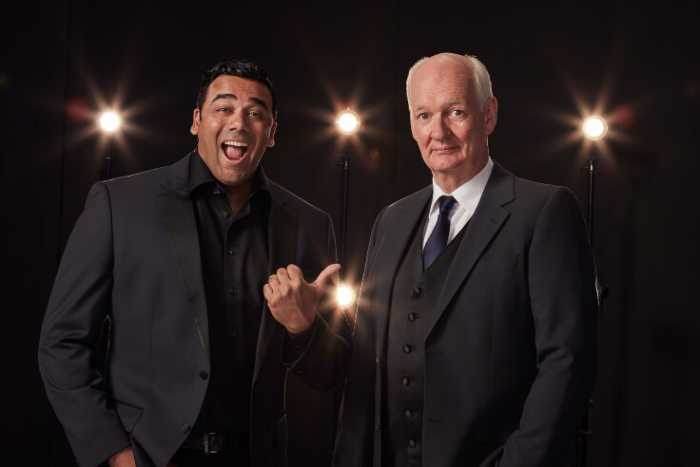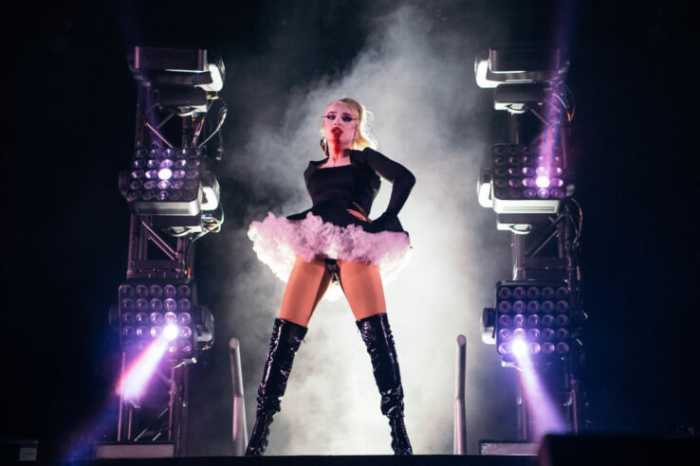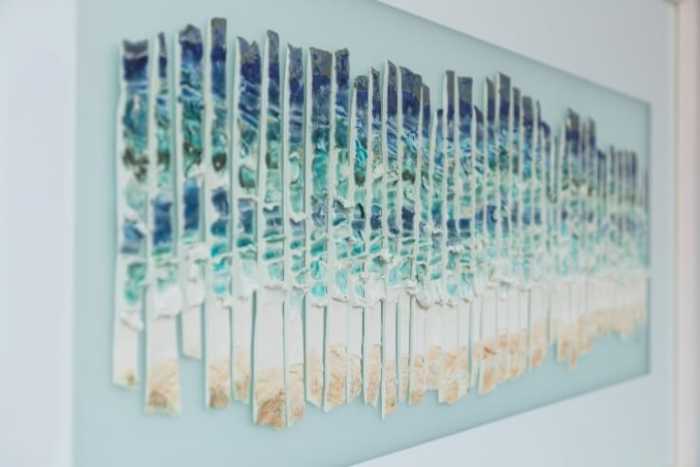The Pennsylvania Ballet is known for its daring and difficult selection of works. You can’t become one of the most prominent ballet programs in the country without a little sweat. But their latest program is taking even their extensive repertoire up a notch. From April 4 to 7, the PA Ballet will take on the work of Igor Stravinsky, one of the 20th century’s most famous composers. The all-Stravinsky program will feature four ballets set to the famed Russian-born composer’s music, including choreographer-in-residence Matthew Neenan’s “Deco.” Neenan sat down with Metro to discuss his inspiration for the show, what to expect during the program and why Stravinsky’s music is not for the faint of heart.
Can you tell me a little about your background and career in choreography?
In a nutshell, I’m originally from Boston but I did my training in my high school years at LaGuardia High School and the School of American Ballet [in New York City]. Then I joined the Pennsylvania Ballet in ’94, and I’ve been there ever since. Probably two years into my dance career there I started to choreograph.
Now jumping to “Deco.” What was your inspiration to have the piece choreographed to Stravinsky’s “Sonata for Piano” and “Tango”?
It really was from the music. It’s actually my first Stravinsky ballet ever, so it’s nice when you have landmarks when you’re building a future work to know, okay, well it’s gotta be this music or have this type of feel to it. With that, I just thought it had to be Stravinsky no matter what. I was searching for stuff that wasn’t similar to what else was on the program, which is pretty heavy in the string department. So I was looking for something in the clavier field, and possibly just solo piano. Then I came across both these pieces that were written probably 15 years apart but both during the Art Deco period. I think he wrote a lot of the music when he was here in America, too. I feel like both have a very Americana sound to it, especially “Tango,” so really everything kind of derived from that.
What would you say makes Stravinsky’s music so perfect for ballet?
Well it’s perfect and it’s not. It’s very difficult. It’s difficult to count — I don’t count a lot in my choreography, but with this particular work we have had to at times. I usually love to just let them feel it. I’ve performed many Stravinsky ballets and yeah, it’s arduous. The melodies shift so drastically. But that’s what makes it so beautiful and incredible. So it’s a good problem, but it’s not for half-assed people. It’s for really good dancers and smart dancers to dance to.
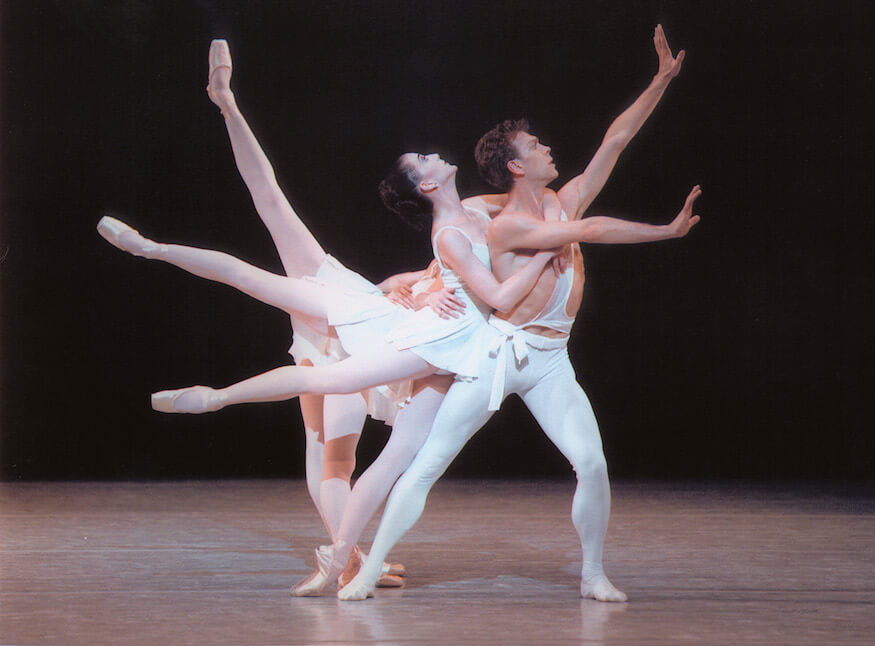
When you were choreographing the piece, what did you try to keep in mind?
Just a certain flow. With this piece, too, it’s a smaller work. Most of the pieces I choreograph are 20-25 minutes long, if not 30, but I knew I had to keep this to 15 minutes because there are four ballets on the program. So I specifically — or strategically, really — planned on having a smaller cast and having a cast of dancers that I haven’t worked with at this intimate of a level. Because most of the other pieces are, in the costume range, more black and white. I wanted this piece to have a little more pop. So there’s color in the costumes and I was definitely inspired by the Art Deco look from the ’20s into the ’40s, when these works were written. It’s really about, at the end of the day, music and dance together. There’s nothing highly too conceptual about it, but the dancers make that happen, too.
Did the title “Deco” come from the inspiration in that period?
Yeah. Even once I saw the costume design, and even now, we always refer to that time as the Deco period. Or, oh, that’s so Deco. It’s kind of like a slang word as the title. But it’s for them to just feel that period.
Overall, what can someone expect from the show?
I think people really need to listen to the music and see how the choreography relates to the music. Everything else in the program is really just about how music and dance relate together. People need to be cautious of that: Sometimes people say, “I don’t get it, what does that mean?” You should be able to make up your own story lines instead of thinking you don’t get it. It’s abstract. It’s like looking at a work of art that is very abstract. What does it mean to you? Beauty is in the eye of the beholder.
The Stravinsky program will run April 4-7 at the Merriam Theatre (250 S. Broad St.). Tickets are available at paballet.org.



